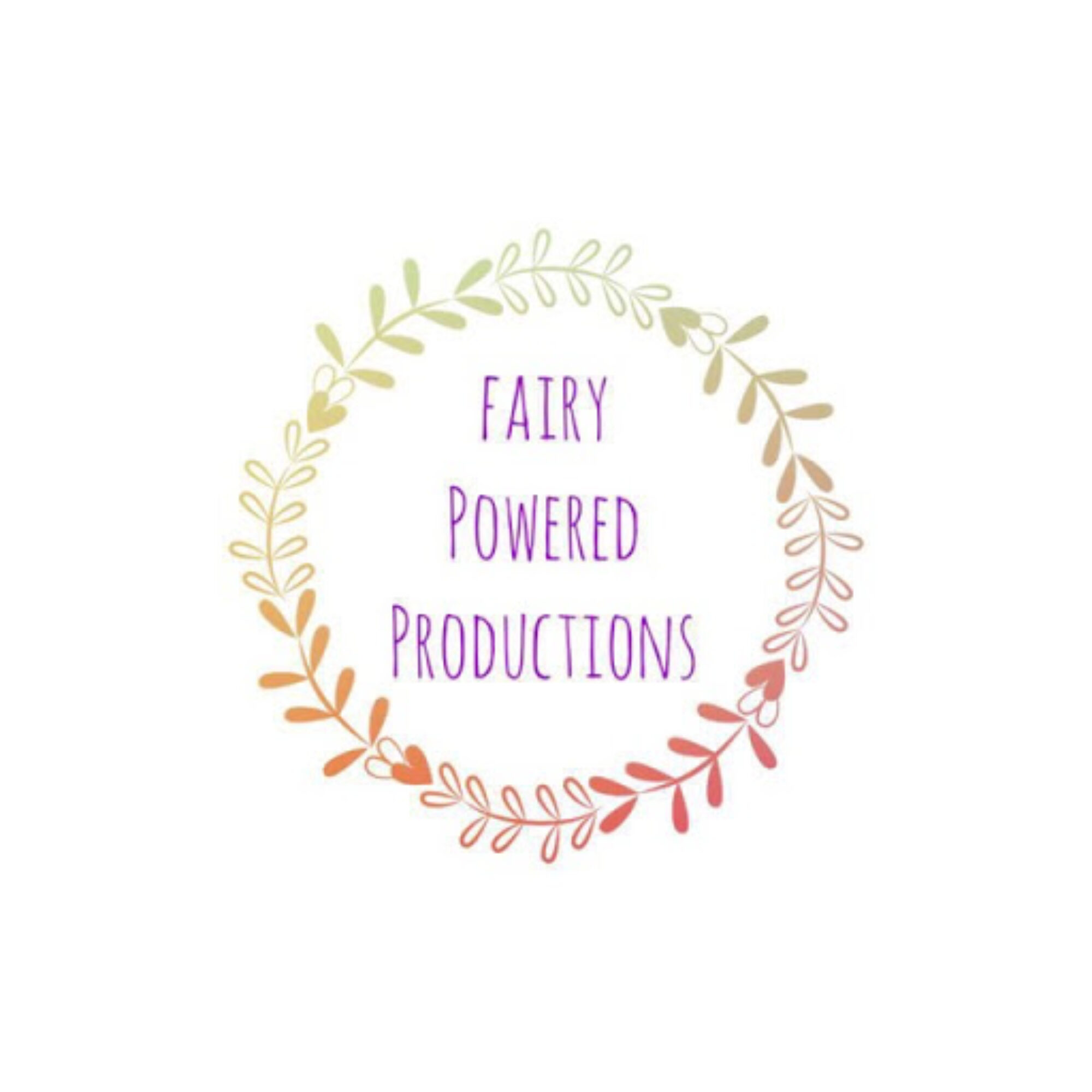RICHMOND THEATRE – UNTIL 27th APRIL 2019
Reviewed by Serena Norgren
3***
The Picture of Dorian Gray, adapted from Oscar Wilde’s probably most popular and scandalous story, is brought to the stage in a new adaptation by Séan Aydon. Staying true to the original tale, we learn of the beautiful orphan, Dorian Gray (Gavin Fowler) arriving in London where he becomes the muse of renowned artist Basil Hallward (Daniel Goode). Basil begins a portrait of Dorian that becomes his finest work to date. Basil also (reluctantly) introduces Dorian to his old friend, Lord Henry Wotton (Jonathan Wrather). And so begins Henry’s indoctrination of Dorian into his immoral world view. When Dorian sees the extraordinarily beautiful picture of himself he is horrified that one day he will be old and ugly and wishes that his beauty and youth could stay with him forever. His wish is granted.
Wrather is unmistakable as Dorian’s immoral mentor introducing him into the more corrupt elements of London society while effortlessly living up to the aristocratic norms of marriage, the opera, his club, etc. Wrather’s restless physicality with no trace of self-doubt paints a picture of a man with an almost ruthless determination to lead a life of pure hedonism. As the story unfolds, Wrather too descends into an alcohol and drug fueled chaos that is both convincing and uncomfortable.
The platonic but symbiotic relationship with his wife, played in a languidly understated way by Phoebe Pryce underscores the need to meet the societal norms of the day. Pryce is by far and away the most superior of the women in this piece and it would have been nice to see more of her. Clever direction of husband and wife rarely being on stage at the same time, leaves you wanting to know and understand more of their relationship.
As Dorian follows his mentor’s lead into a life of debauchery and moral corruption, the implication is that the portrait gets older and crueller looking, whilst the man himself does not visibly age. Gavin Fowler does a fine job of setting the scene in the first act of the young innocent Dorian gradually changing in the second act to the truly despicable and morally bankrupt individual he becomes. The transformation is both believable and complete if not somewhat abrupt. His anguish as he realises what he has become is visceral and how he can attempt to redeem himself is dramatic but rushed. One feels that the failed path to redemption is over before it has even started somehow. The fatal denouement feels almost like a necessity to keep the piece within the requisite 2 hour time window. Fowler would no doubt have loved the opportunity to explore this more fully.
Daniel Goode does a lovely job of the vulnerable and gentle artist, Basil Hayward: adoring his muse while having to compete for his affections with the gregarious Henry Wotton. His horror at the realisation of what Gray has eventually becomes is palpable.
All in all, the triumvirate of the three main actors really works and the relationships between the three men is cleverly woven together and then torn apart. Aydon does a good job of preserving much of Wilde’s witty and distinctive prose in the script which make you both wince and smile and the same time. Sarah Beaton’s set design is a beautifully decaying artist’s studio and the set never changes throughout the piece. It works in the most part and is enhanced through clever lighting by Matt Haskins. His lighting design is top notch using clever shadows in the large space to both dehumanise and isolate Dorian at various points.
Oscar Wilde’s novel caused a scandal when it first appeared in 1890, initially for its homosexual overtones but later for its depiction of moral corruption. The egotistical and narcissistic elements of the story still resonate today with the unrelenting quest for beauty and youth – perhaps we can learn something as we pour over our copies of glossy magazines!! A cautionary tale and well worth a visit!
